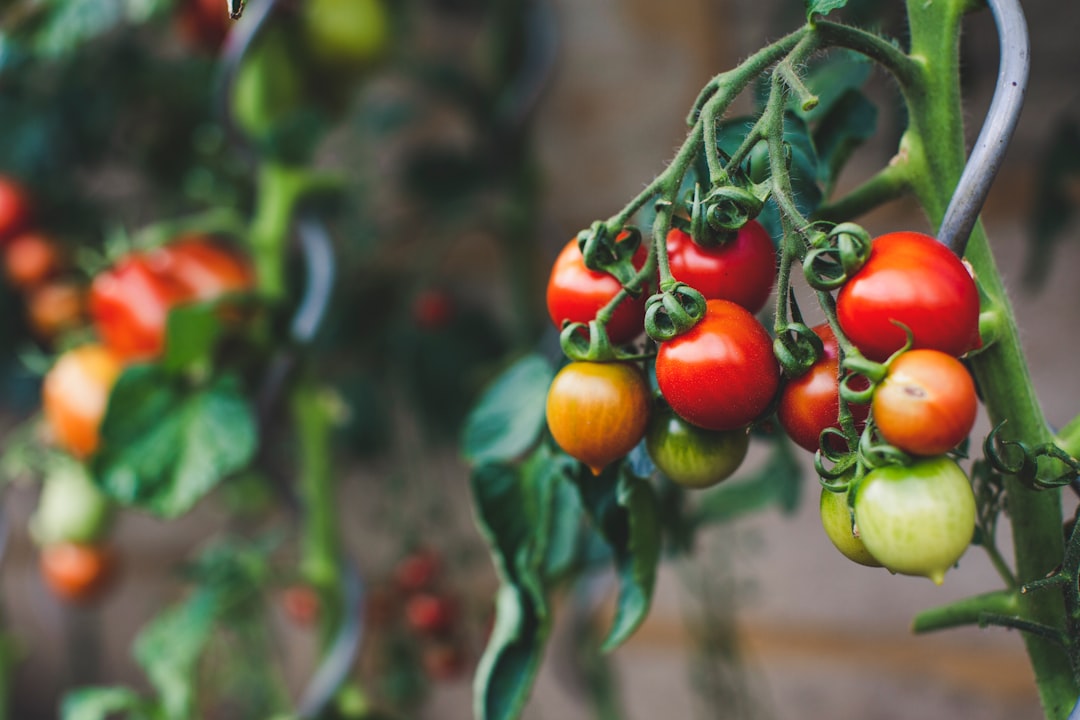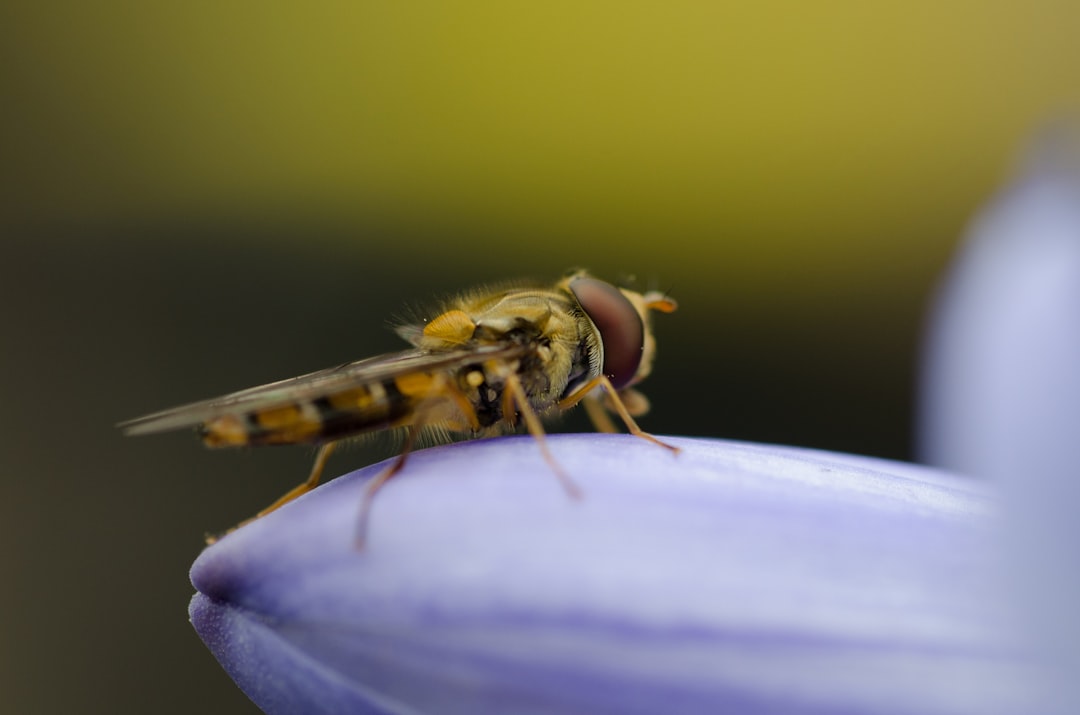What is it about?
We investigated the efficacy of syringe filtration for selective isolation of Campylobacter from chicken carcass rinse by combining syringe filtration with the conventional culture method. Whole chicken carcass rinses were incubated in Bolton enrichment broth, set aside or subjected to syringe filtration, and streaked on Campy-Cefex agar with or without cefoperazone antibiotic supplement.
Featured Image

Photo by Anton Malanin on Unsplash
Why is it important?
Compared with the conventional method without filtration, 0.65-μm-pore-size syringe filtration resulted in a significantly higher number of Campylobacter-positive samples (23.8 to 37.5% versus 70.0 to 72.5%; P < 0.05), a lower number of plates contaminated with non-Campylobacter (93.8% versus 6.3 to 26.3%), and a lower growth index (1 = growth of a few colonies; 2 = growth of colonies on about half of the plate; and 3 = growth on most of the plate) for competing microbiota (2.9 to 3.0 versus 1.2 to 1.4). When syringe filtration was applied, agar plates containing the antibiotic had significantly less contamination (6.3% versus 26.3%; P < 0.05) and a lower growth index (1.2 versus 1.4) compared with plates without the antibiotic, although the Campylobacter isolation rate was similar (P > 0.05).
Perspectives
Syringe filtration combined with conventional enrichment improved the rate and selectivity of Campylobacter isolation from chicken carcasses.
Professor Kun-Ho Seo
Konkuk University
Read the Original
This page is a summary of: Efficacy of Syringe Filtration for the Selective Isolation of Campylobacter from Chicken Carcass Rinse, Journal of Food Protection, May 2017, International Association for Food Protection,
DOI: 10.4315/0362-028x.jfp-16-470.
You can read the full text:
Contributors
The following have contributed to this page










